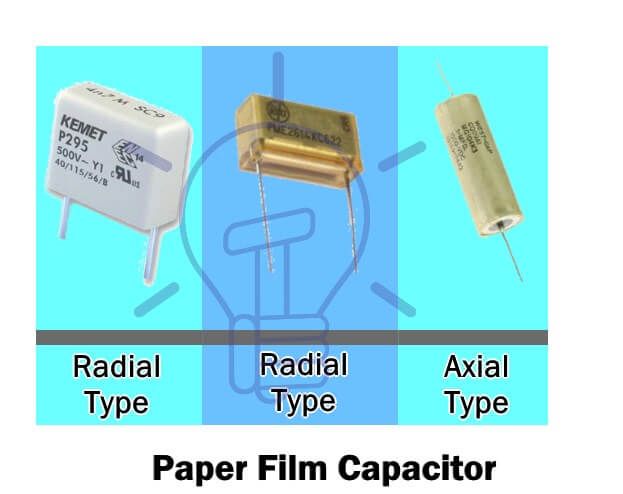Capacitor Mica Vs Ceramic

One of the most common passive component questions we hear is what are the differences between the wide varieties of capacitors when your schematic calls for a capacitor you have many choices.
Capacitor mica vs ceramic. It depends on applied voltage. A video with sound samples of my 2204 clone changing out the three 500pf caps. Usually between a few pf up to a few nf. There are two types of mica capacitors which are clamped capacitors silver mica capacitor.
Ceramic caps are for decoupling and hf. Among all types of capacitors silver mica capacitors offer the lowest tolerances as low as 1. 0 0047 for a 0 005 and so on. However mica capacitors are expensive about 3 each and each of these antenna tuners may have 10 or 15 of them at least.
These are all generally more available in ceramic than mica. Many of the capacitors in this radio have values that have fallen by the wayside. Old schematics often specified mica caps because the alternative styroflex caps didn t go beyond 80 c. Clamped mica capacitors are considered as an obsolete because of their inferior characteristic.
Silver mica capacitors have a relatively small capacitance value. By robert cong what s the difference between capacitors. Both will have identical value of capacitance. A mica capacitor and a ceramic capacitor both have the same physical dimensions.
The largest capacitance mica capacitors can reach values of 1µf although these are uncommon. Due to its small value and location in the circuit this capacitor will have little effect except at the top of the am band. A silver mica and a ceramic are also included so that the line up contains an example of most of the possible choices one might consider for a crossover or riaa network. This capacitor is a group of natural minerals and the silver mica capacitors use the dielectric.
The capacitor group consists mostly of 0 01 uf film types because of the availability of a 0 01 uf teflon capacitor i wanted to include in the tests thanks stefano. First listen is a blind test with the results at the. Ceramics or epoxy resins are used as encapsulation material in order to protect the silver mica capacitor from outside effects such as moisture. Polypropylene does and is a good alternative for most cases.
The nearest modern value will be fine in each case. The design of a silver mica capacitor does not allow any air gaps inside. In comparison ceramic capacitors have tolerances going up to 20 and electrolytic capacitors can have more. I am sure the esr of the high voltage ceramic cheapies is much higher than the mica capacitors and the stability of the mica capacitance with temperature is much better.



















